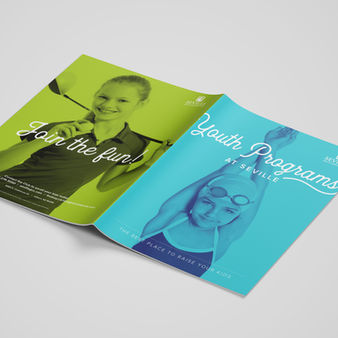
GramCity
A photo-editing app that wants to helps you discover great photo ops nearby, making it easier than ever to capture stunning images wherever you are.
Service
Client
Digital App
Springboard
Role
UI/UX Designer

The goal was to help GramCity, a photo editing app, introduce a new feature that helps users discover great photo ops near them. By utilizing location-based services and user-generated suggestions, this feature will guide users to picturesque spots in their vicinity.
With the ability to filter by type of location, distance, and popularity, users can seamlessly integrate photo exploration into their experience, whether it’s a popular viewpoint, a hidden mural, or a trendy café.
The Process
As the primary designer, I ran a solo version of the Google Ventures design sprint. By synthesizing insights from the user research, I built a high-fidelity prototype, and conducted usability tests for this project for future iterations.
My first task was to research and understand the problem space. By using the user research and personas, I learned that users want to take memorable photographs and know when there are unique photo ops near them or at a place they are planning to visit.
Next, I mapped out two different user journeys for the GramCity product. This helped me visualize how to accomplish the end goal of the experience: to find aesthetic and unique photo ops wherever the user is. I settled on my first user journey as the blueprint for the rest of the design.

User Journey 1

User Journey 2

Secondary Research
After doing secondary research and seeing what other similar apps offer users, I used the Crazy 8’s method of sketching 8 different screens in 8 minutes to quickly ideate on my most critical screen. I then picked one of my Crazy 8s designs to refine into the solution sketch. I decided on what was the most important and useful information for the user to have available on the location page. Upon selection of the location, options like bookmarking the location, navigation, reviews, tips about the area/getting the best photo and good-to-know details would populate the screen to give the user all the information they would require in order to have the best experience.

Crazy 8's

Solution Sketch
On Day 3, I worked on the key functionality of the location feature of GramCity. As the main purpose of this feature was to relay all the correct and relevant information regarding the photo ops to the user, I wanted to capture that in the storyboard. The users would get a convenient snapshot of the locations so they have access to all the information/tips to have a great experience, without being overwhelmed.

Storyboard
On Day 4 and 5, I took the storyboard and developed it into a lightweight, high fidelity prototype for testing. By using actual photo ops around the world and credible information, I got a better sense of what was available and important to include and how it might be organized on the screen. For the UI design, I designed an organized layout in Figma with clean lines and the fuschia pink of the logo as the primary color throughout the app design. For a more detailed look at the high fidelity prototype, please click here.


Conclusion
I found the breakdown of the design process during the five days challenging, because it forced me to keep a tight hold on the scope of the project and only focus on the critical paths. There were a lot of avenues I wanted to develop further that I couldn’t due to time constraints, such as an interactive map and a more integrated lookup for locations. Prioritizing user flow, clarity and accessibility helped to reduce cognitive load and make the app more engaging and enjoyable. Focusing on consistent navigation, visual cues and contextual guidance resulted in a smoother interaction, ensuring users could easily explore and fully utilize the app's features. Given the limited scope of the design sprint, I was pleased that test users found the MVP relatively intuitive and enjoyable to use. I’d like to continue to expand and develop the project in the future.













